It’s okay if, when you picture brandy, it’s a rather geriatric image. We tend to associate it with our grandparents, sipped from antique glassware atop a plastic-wrapped sofa.
Others see the stuff as a moonshine version of wine, distilled in garages for the sake of having something more potent than wine. Well, there may be a bit of truth to that but overall, the brandy sector is chock-full of exquisite sippers from all over the globe. Just ask Cognac and armagnac.
Related Reading
There’s a reason why brandy prefers the hospitality of a snifter. It’s made to be fragrant, fashioned out of a wine grape base. It’s often distilled in pot stills, which tends to retain more of the delicate characteristics of the brandy, especially aromatic compounds. And these details are only heightened after time spent in barrel.
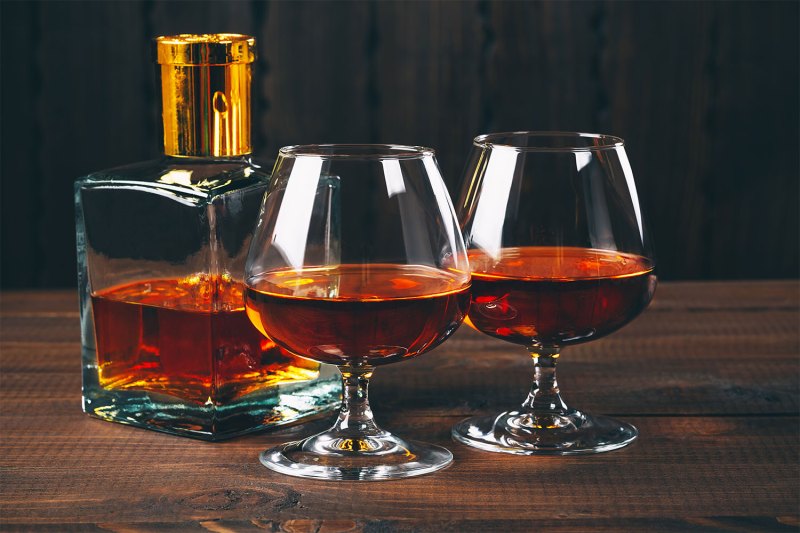
So, let’s dust off brandy and give it the street credit it deserves. It’s been around for a really long time and is full of various styles and processes. And, it’s undergoing a bit of a renaissance, especially domestically in places like California. If you like and appreciate wine, chances are you’ll do the same for brandy. Here are a few to try:
The Best Brandys to Buy Now
Germain-Robin
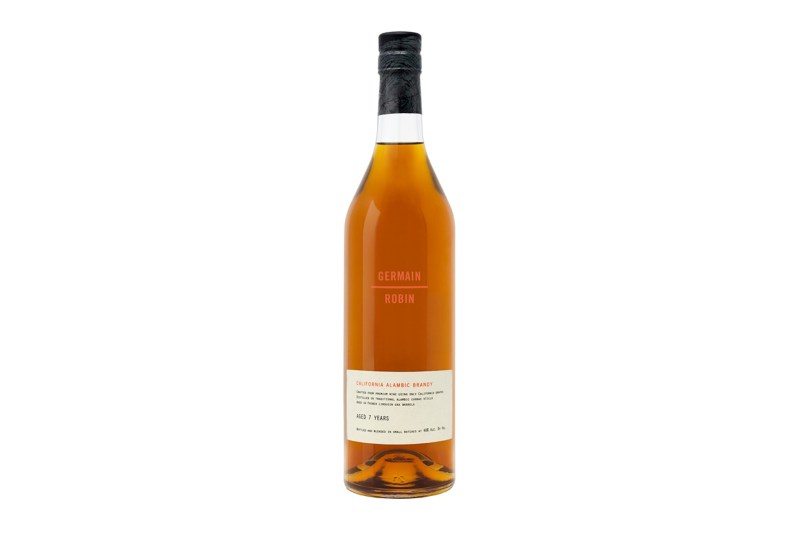
Out of California, Germain-Robin prefers traditional alembic Cognac stills and an assortment of local grape varieties. There’s a real terroir element to the brand’s work and this flagship option is delightful, showing pear, apricot, and toffee notes.
Clear Creek
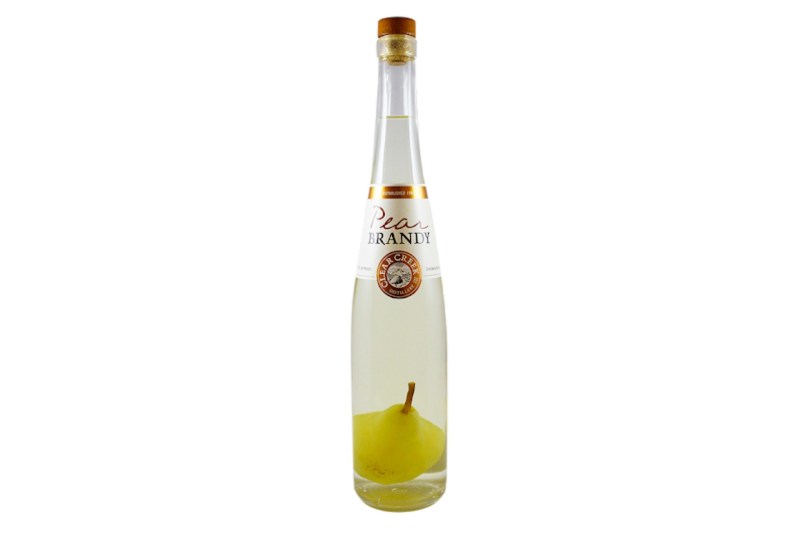
A longstanding producer out of the scenic Columbia River Gorge in Oregon, Clear Creak has become synonymous with eau de vie brandy. This style is un-aged and distilled from fruit other than grapes. The brand makes a bunch of standout options but the flagship pear is tough to top, made from local fruit and full of nuance.
Quinta do Rol Brandy XO
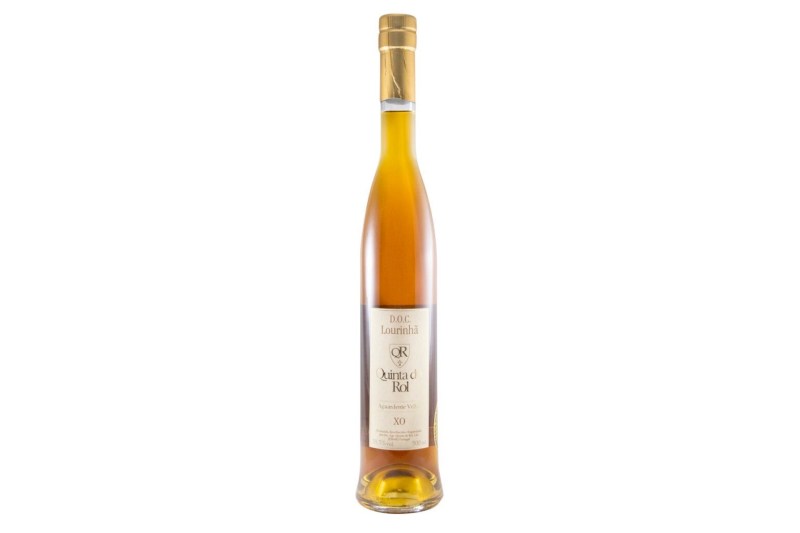
This Portuguese selection is aged for a decade and shows dried fruit, caramel, and plenty of wine-like tannins. You’ll want to spend just as much time smelling the stuff as sipping it.
Pierre Ferrand Sélection des Agnes
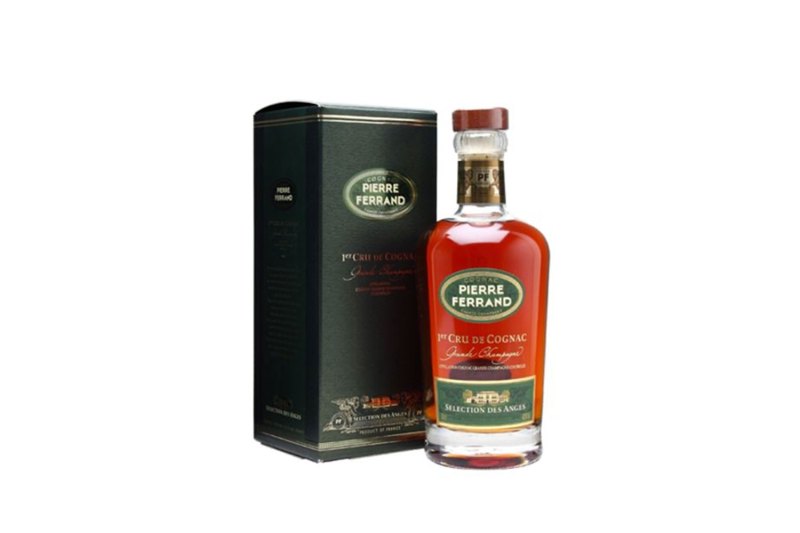
This Cognac-style brandy is great in a Sidecar and delivers pleasant citrus, anise, and vanilla flavors. Let it develop in the glass and warm it with the palms of your hands to really see what it has to offer.
History of Brandy
Brandy is about as old as the distillation process, dating back to the 15th century. Makes sense, given that wine was already around and early liquor makers needed a convenient base to work with. It really erupted about a century later in France, made essentially as a means of preserving wines for long ship rides and getting more alcohol per volume to minimize the pain of the tax rate at the time.
Gradually, Europeans realized how good the stuff was. They stopped adding water to it (as a failed early means of re-creating the original wine) and enjoyed how it fared after aging in wood. A bit of distilled water is often added back to the stuff to limit the alcohol content and keep it from being too concentrated. How exactly it is assembled and aged depends on its origin.
In the states, brandy got its footing in California about 300 years ago via Franciscan missionaries. The Golden State continues to serve as the epicenter for the craft but other states with solid vineyard setups are following suit (think Oregon and New York). Makers are toying around with the many grape varieties out there and blending new combinations for flavors formally unseen in brandy.
As you’re exploring brandy, note that there are three major categories. It tends to come in either Cognac, Armagnac, or Lourinha. There are more, for certain, but these are the most popular categories you’ll find. And the stateside stuff you may run into will simply be called brandy. Whichever direction you turn, you’re bound to stumble into some grape-y goodness.
The spirit can mesh with other ingredients for a mean cocktail, too, like a Sidecar or Brandy Old Fashioned. But the best brandies ought to be absorbed on their own, in a bulbous glass so you can give it the all-sensory wine treatment.


